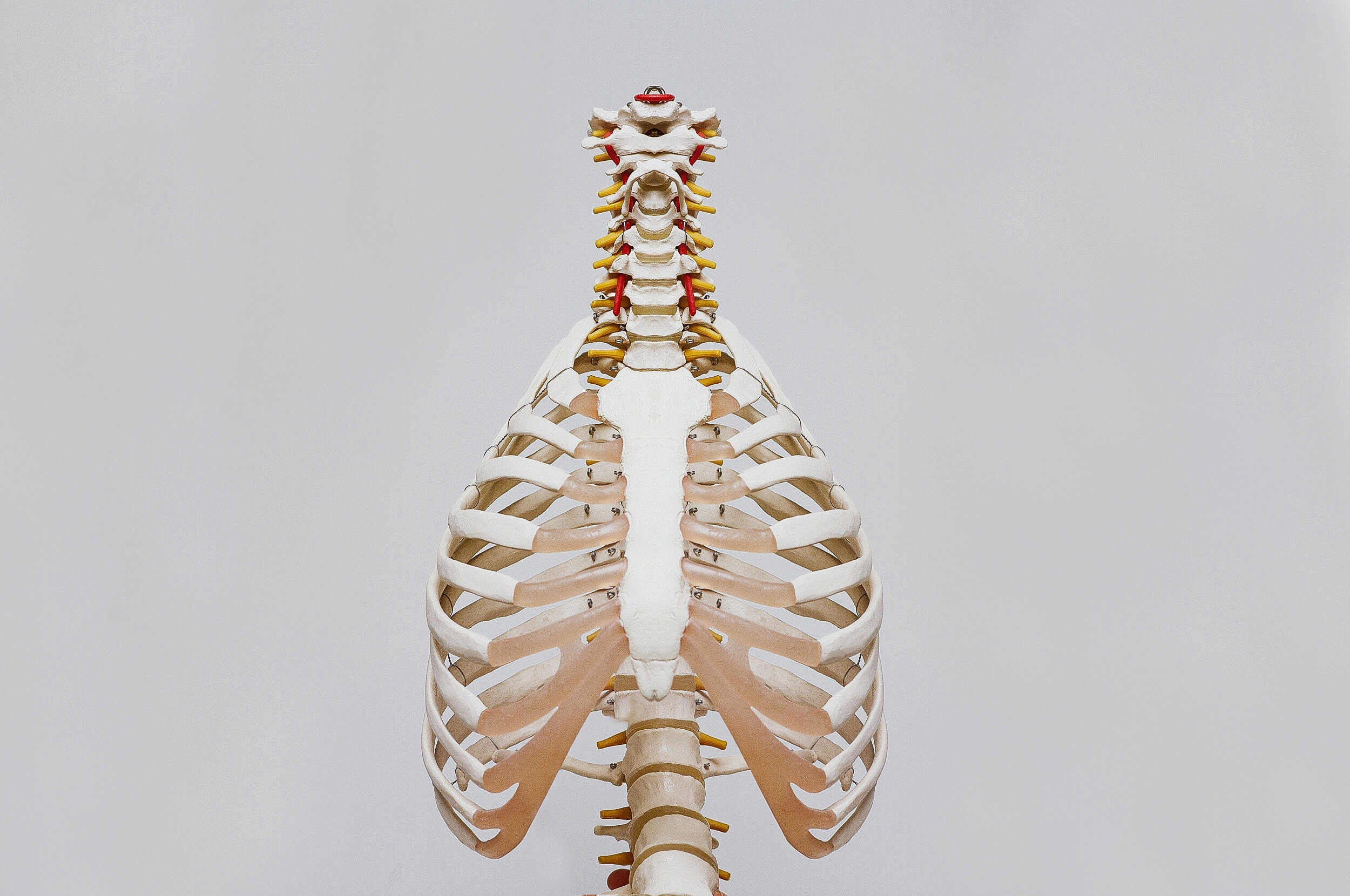When a leg cracks, arm snaps or a wrist twists, physicians set the bone so that it heals properly, with least discomfort to the patient. But things are quite different in the case of rib fractures.
Past practice calls for little to no treatment, though it takes months for the patient to breathe normally or just get back to work. It is a practice to offer medicine for the pain and a ventilator if breathing is an issue says Evert Eriksson, M.D., a trauma surgeon at the Medical University of South Carolina and coauthor of the paper. Otherwise the bones will form a callus over time that allow it to function as it needs to. This idea has been used over the last decade to make multiple-fracture repair more common, patients who don’t suffer from a serious fracture often go untreated despite pain.
This discomfort led Fredric Pieracci, M.D., a Denver Health Medical Center surgeon along with several other trauma surgeons to conduct a study with members of the Chest Wall Injury Society.
Twelve centers across the United States worked together to evaluate the success of surgical stabilization of rib fractures (SSRF). This involves installing a plate to line up the two ends of the fracture and hold them in place throughout the healing process. They theorized that by stabilizing partially displaced and fractured ribs, patients' pain and quality of life would improve.
Journal of Trauma and Acute Care Surgery published that patients who underwent SSRF for three or more rib fractures with partial dislocation reported less pain. They also experienced better quality of life after post-surgery.
Eriksson said this research reveals that patients with partially displaced fractures and some pulmonary compromise also benefit from a procedure usually used in the case of a more severely injured cohort.
Technological limitations mainly contribute to the reason of keeping surgeons from performing this procedure in the past. Only lately surgeons got access to appropriate equipment to keep surgical incisions small and the risk of complications in the pleural space low.

